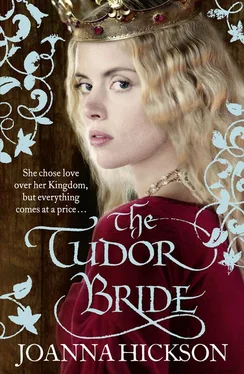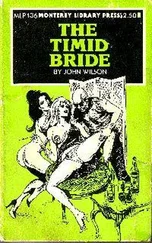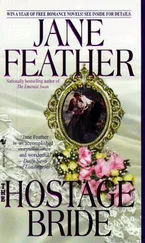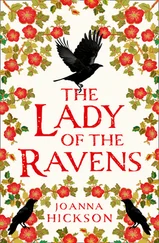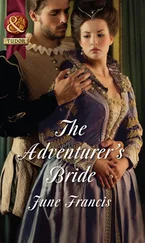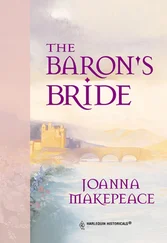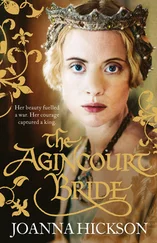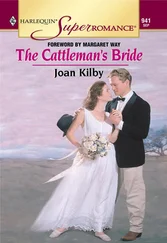1 ...6 7 8 10 11 12 ...28 Joanna Coucy flushed bright red, muttered an apology and carefully lifted the skirts of the queen’s chemise and chamber robe. I watched Eleanor duck her head to hide a smirk as she tied one cream satin garter and wondered how long Coucy would keep her place at the queen’s side.
Catherine wore two kirtles for her coronation – one of fine ivory Champagne linen directly over her chemise and the other of more substantial weight, for warmth when she was ceremonially stripped of her grand outer robes before her anointing. This second garment was a tunic of heavy white silk, lined with a layer of soft shaved lamb’s wool and sewn with tiny seed-pearls. It had tight sleeves with long trailing tippets of ermine. Around her neck was draped a white stole of the type worn by bishops and senior clergy, lavishly embroidered in shimmering gold thread. At the anointing, and before the crown was set on Catherine’s head, this stole would be removed to allow the sumptuous ivory velvet houppelande gown made for her in Paris to be drawn on and fastened with four fabulous diamond-studded clasps which were part of her French dower, followed by the crested, crimson, ermine-trimmed mantle of state, the train of which was twenty-feet long. Abbot Haweden of Westminster was due to officiate at the anointing, and he would keep the stole as a reward and a memento of his pivotal role in Catherine’s transformation from ordinary mortal to one of God’s divine representatives on earth.
In the Abbey Church of St Peter, I squeezed into the north transept among the officials of the royal household, where we had a clear view of the raised chancel and the high altar. There the carved and gilded throne stood on a stepped dais in the centre of a beautiful mosaic pavement, laid in squares and circles of brightly coloured stone and glass. Above it heraldic banners hung from the ceiling vault, showing the honours and devices of all the English Kings since William of Normandy. And so, as the ceremony began, I was able to raise my voice in loud approbation along with the great congregation of barons and ladies, when we were asked if we would have Catherine as our rightful queen. She looked modest and graceful in her embroidered white kirtle with her hair tumbling loose from a simple circlet of gold as she was escorted to each corner of the chancel by King Henry and the abbot and their demands for approval were swamped by loud shouts of ‘Aye, we will!’
Then she was led to the altar by the Archbishop of Canterbury, where she made her solemn vows, speaking the Latin words fluently and without mistake. A lump came to my throat as I watched her prostrate herself before the great gold crucifix while the choir sang an anthem of dedication. She lay on cushions with arms outstretched in total supplication and inside my own head I could almost hear her fervent prayers that a great and compassionate God would demonstrate her worthiness to be queen by removing her burden of guilt and granting her an heir for England’s crown.
Her maids of honour came forward to raise her up and remove the stole and circlet. While the choristers sang a plangent benediction, she stood waiting, head bowed, under a cloth of gold canopy held by the four highest-ranking noblewomen of the court. Then the archbishop advanced to anoint her with the holy chrism on her forehead, intoning solemn prayers of dedication and intercession. Another anthem was sung while the holy oil was carefully wiped from her skin with a soft cloth, which was carried to the altar and placed reverently in a jewelled pyx. Then she was robed in her coronation garb and taken in procession to be enthroned.
During this procession the train of Catherine’s heavy ceremonial mantle was carried three to each side by the maids of honour. Halfway across the chancel, without warning or apparent cause, Joanna Coucy suddenly tripped. By a supreme effort she managed to save herself from tumbling to the floor but not without jerking the mantle and pulling Catherine to a halt.
The procession resumed directly, but the gasp of dismay I had heard reminded me of when the Duke of Gloucester had tripped on the Dover shore. While all attention was on the king, who stepped forward to formally place Catherine in the throne, I kept my gaze fixed on the maid who walked last in the line of train-bearers, a pace behind Joanna Coucy. It was Eleanor Cobham and on her lips there played an enigmatic, smug little smile. I could not help suspecting that Eleanor had deliberately trodden on Joanna Coucy’s skirt and made her trip in order to pay her back for slighting her family earlier in the day. Eleanor Cobham may have been the youngest of the maids of honour but she was far from being the meekest.
A glorious fanfare of trumpets and the sound of soaring soprano voices raised in a triumphant ‘Vivat Regina!’ and ‘Long Live the Queen!’ announced the moment the crown was placed reverently on Catherine’s head by the archbishop. The crown was a precious and ancient relic of English history first used by Queen Edith, consort of the saint-king Edward the Confessor, who was buried behind the altar only yards from the coronation throne and whose shrine and sanctuary was a much-visited place of pilgrimage. We French often expressed scorn for the Saxon people who had been conquered by the armies of Normandy nearly four hundred years before, calling them uncouth and uncivilised, but if the workmanship of that crown was anything to go by such disparagement was sadly misplaced. Dozens of highly polished gems of every size and hue were set in a coronet of gold surmounted by pearl-studded cross-bars centred on a finial carrying a diamond the size of a goose’s egg. It was a crown just light enough for a lady’s head, but grand enough for an empress’s regalia and wearing it, with two gold sceptres placed in her hands, Catherine was transformed from a beautiful young girl into a regal figure of power and patronage, an icon of sovereignty. I could not tell what was going on in her head, but in mine a subtle alteration was taking place. I felt my eyes fill with unbidden tears. The image of the infant Catherine tiny and helpless at my breast seemed to be slipping from my mental grasp, to be supplanted by this awesome figure of authority, crowned with gold and precious stones and invested with the symbols of earthly and divine power.
King Henry did not attend Catherine’s coronation feast. He explained that it was because the rules of precedence dictated that if he were there she would not be the centre of attention, would not be served first and her new subjects would not do her full honour, being obliged to bow the knee to him first. Disappointed though she may have been, in his absence she was unquestionably Queen of the Feast. The highest nobles in the land acted as her carver, server, butler and cupbearer, while two earls knelt at her feet throughout the meal, holding her sceptres. The Earl of Worcester made an impressive spectacle riding up and down the centre of Westminster Hall on his richly caparisoned horse, ostensibly to keep order, and the Duke of Gloucester, in his role as Great Chamberlain of England, strode grandly about displaying his physique in a short sable-trimmed doublet of gold-embroidered red satin, brandishing his staff of office and directing the seemingly endless parade of dishes and subtleties.
In truth it was more of a pageant than a meal, a feast for the eyes rather than the stomach, as course after course was presented, each one more magnificent than the last and, because Lent had begun the previous week, all consisting of fish in one form or another. I had never seen so many different sea foods presented in so many guises. Anything that swam or crawled under water and could be hooked, trapped or netted had been turned into a culinary masterpiece; sturgeon, lamprey, crayfish, crab, eel, carp, pike, turbot, sole, prawns, roach, perch, chub – roasted, stewed, jellied, baked or fried, embellished with sauces or topped with pastry confections – culminating in a spectacular roasted porpoise riding on a sea of gilded pastry and crowned in real gold. It was all too much for me, but the great and good of the kingdom seated around me on the lower floor of the hall clearly relished it. From her royal dais, the new queen consort smiled and nodded at her subjects, admired the extraordinary skill of the cooks and, I noticed, consumed scarcely a morsel.
Читать дальше
